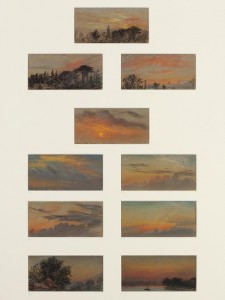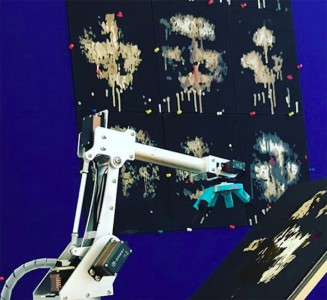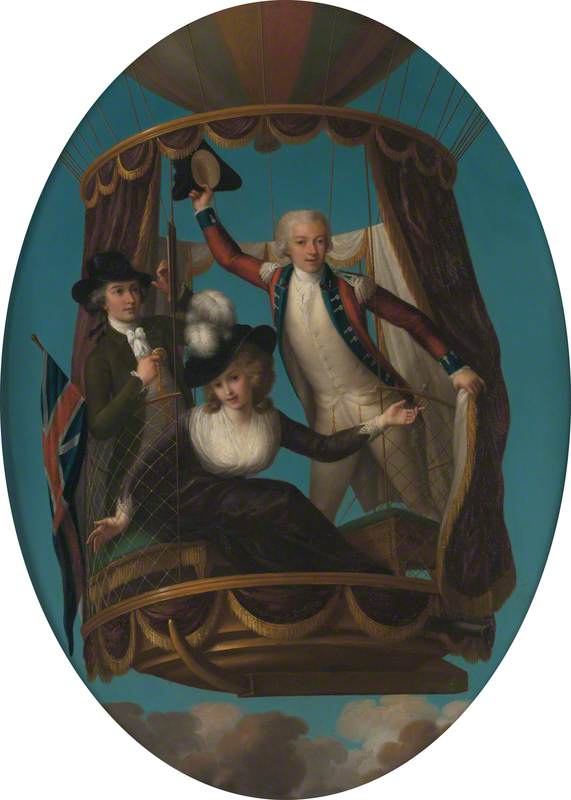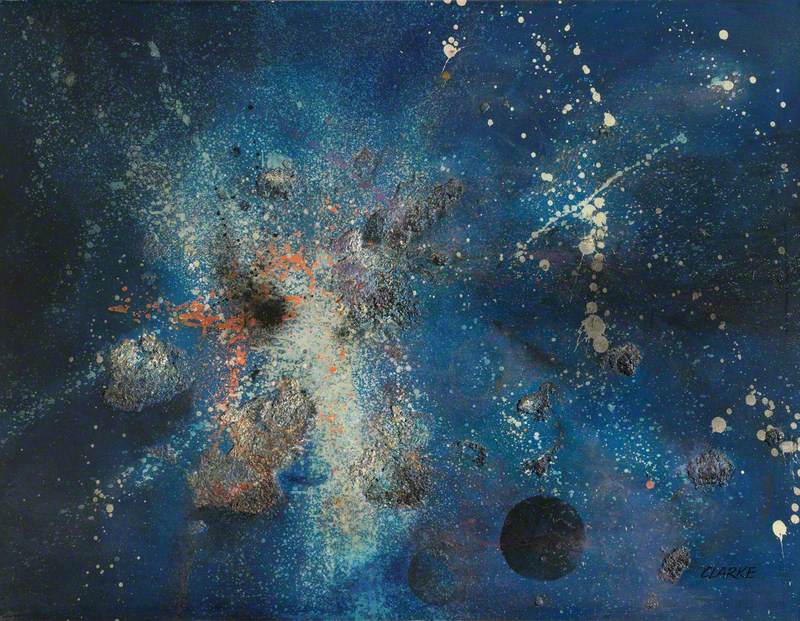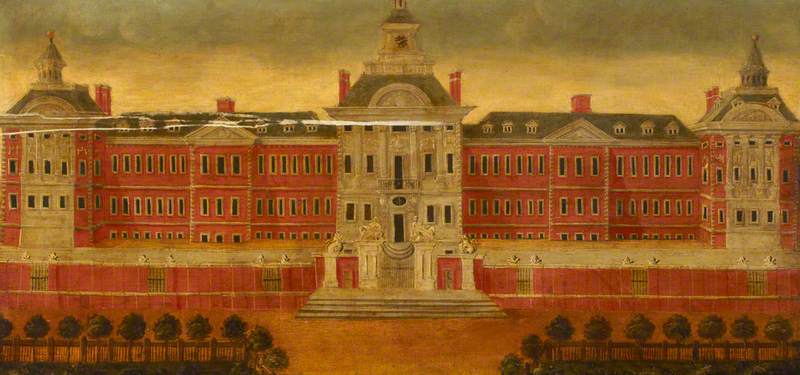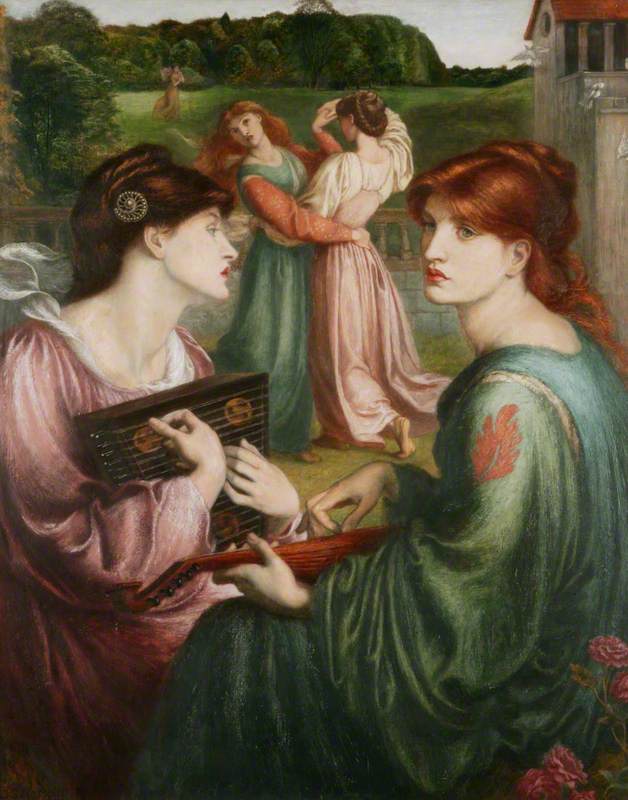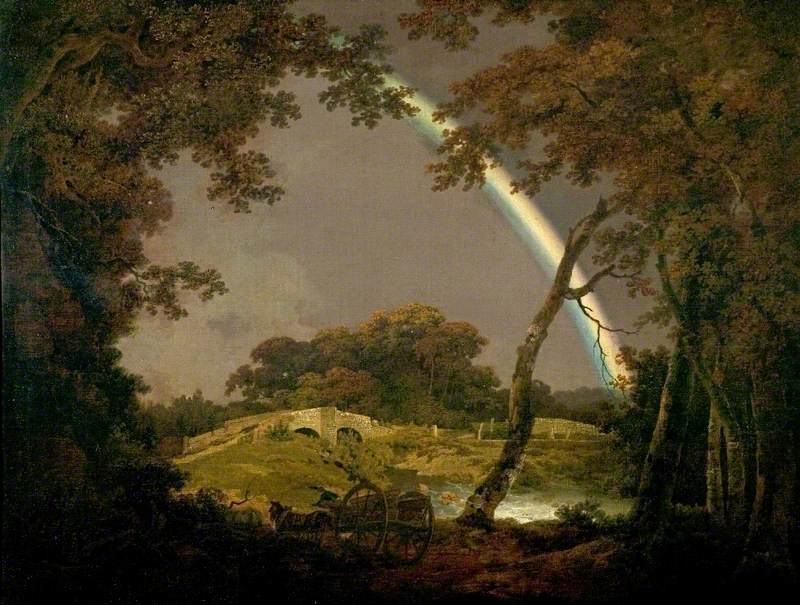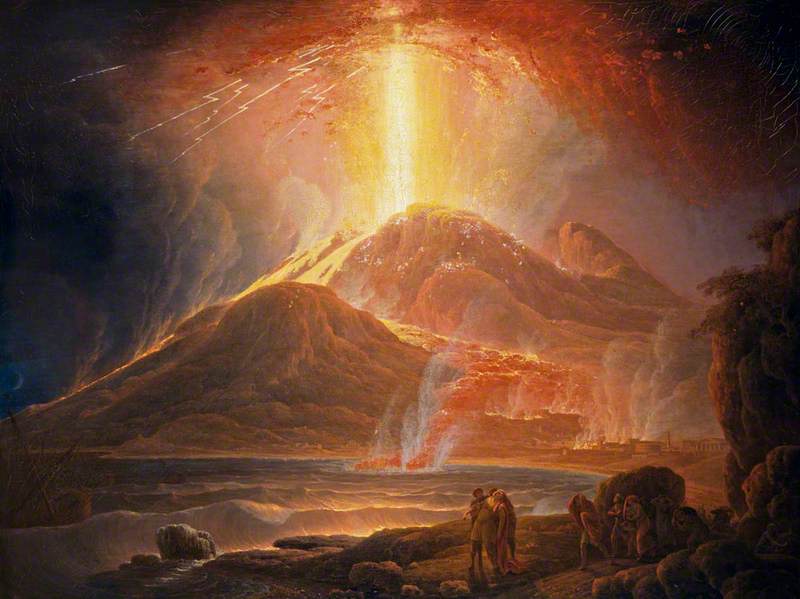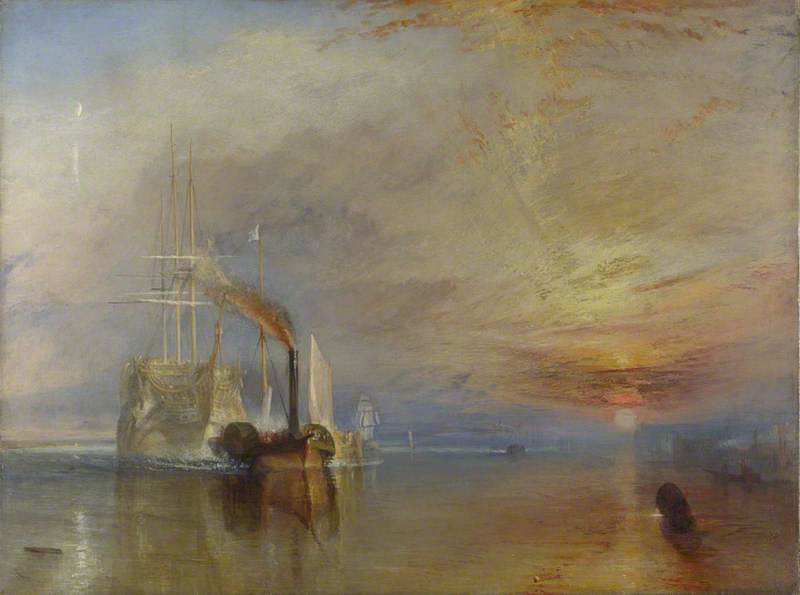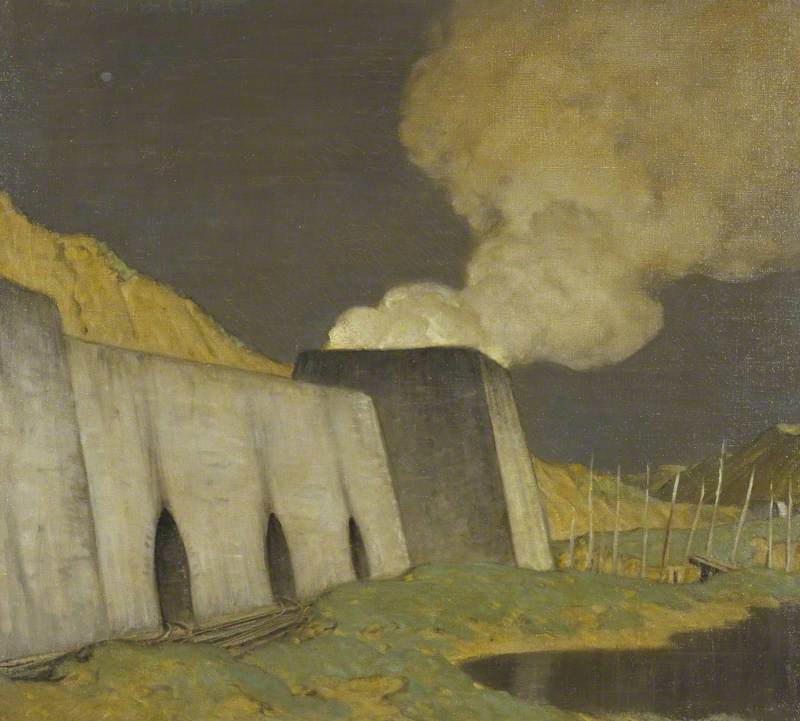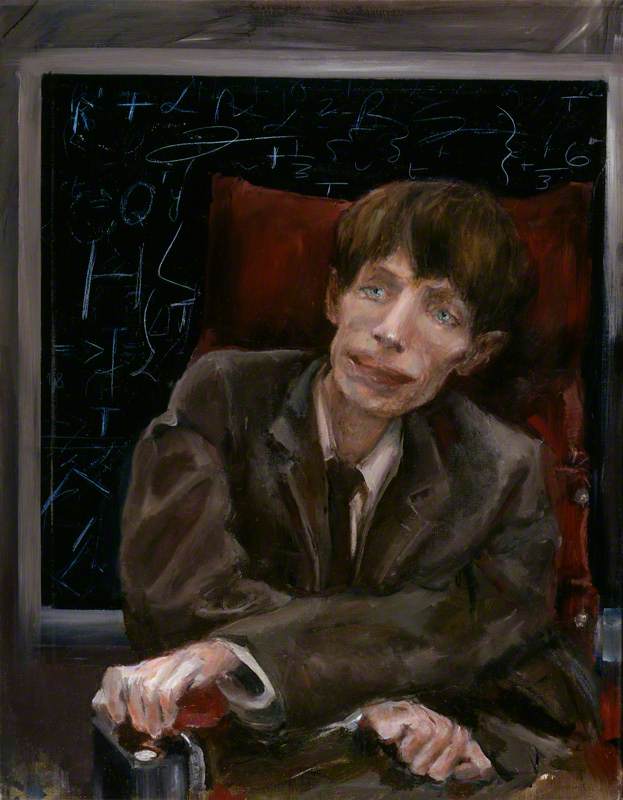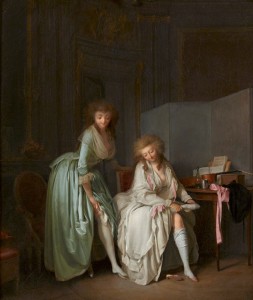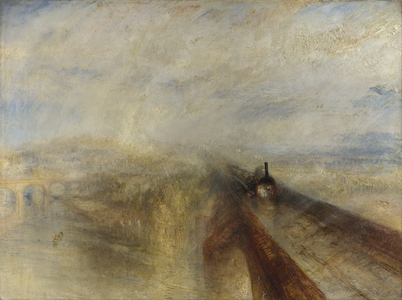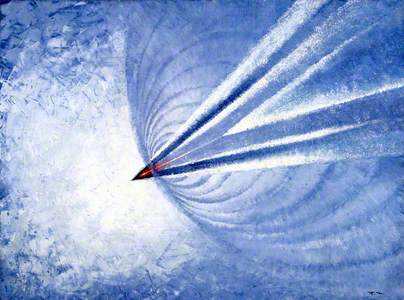To celebrate the exhibition 'The Art of Innovation: From Enlightenment to Dark Matter' Science Museum curators Katy Barrett and Rachel Boon highlight five paintings from this beautiful show.
A Philosopher Giving That Lecture on the Orrery in Which a Lamp Is Put in Place of the Sun
Joseph Wright of Derby (1734–1797) shows us an illuminated scene with a family gathered around a spectacular scientific instrument – an orrery, a mechanical model of the universe created in the eighteenth century.
A Philosopher Giving That Lecture on the Orrery in Which a Lamp Is Put in Place of the Sun
1764–1766
Joseph Wright of Derby (1734–1797) 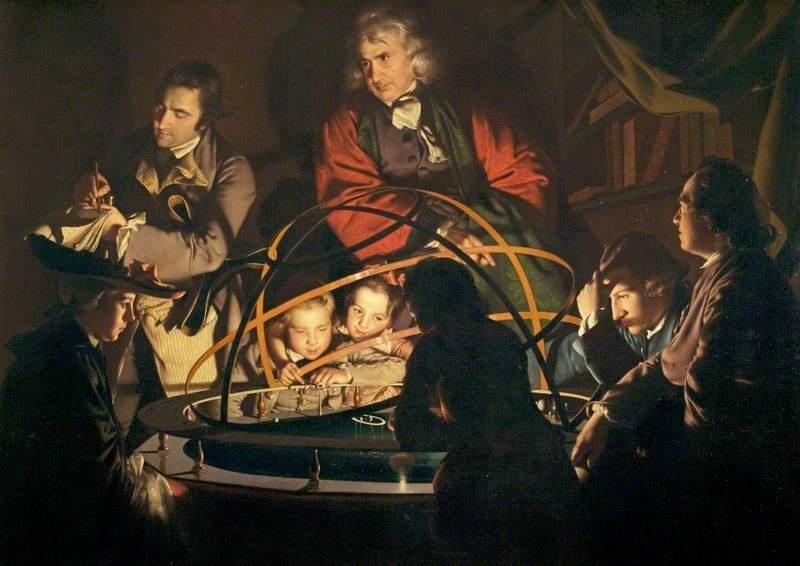
One of the most iconic images of the Enlightenment, this painting shows us how artists and scientists together helped to make complex scientific ideas visible and accessible to a wider public.
In this case, Isaac Newton's theory of a solar system controlled by the force of gravity, with the Sun at the centre of the planets, also acted as a model for the father at the centre of the household, the monarch at the centre of the nation, and God at the centre of the cosmos.
Coalbrookdale by Night
Visiting Coalbrookdale in Shropshire in 1785, Arthur Young commented that 'the flames bursting from the furnaces with the burning of the coal and the smoke of the lime kilns are altogether sublime.'
He captured the tension between spectacle and destruction which is also at the heart of Philippe James de Loutherbourg's enduring image of the birthplace of the Industrial Revolution.
The artist shows the Bedlam Furnaces at Coalbrookdale, used to produce the vast ribs of the Iron Bridge that made the region a new wonder of the world. The furnaces were themselves a tourist attraction, set within the picturesque landscape of the gorge, but writers and artists also feared the hellish possibilities of these new fires.
Also a famous theatre designer, De Loutherbourg brings these fears vividly to life. His painting is a treasure of the Science Museum collections.
Rain, Steam and Speed - The Great Western Railway
The coming of the railways had a fundamental impact on the British landscape and rural way of life.
Rain, Steam, and Speed - The Great Western Railway
1844
Joseph Mallord William Turner (1775–1851) 
Turner's famous painting captures a steam locomotive – a Firefly class invented by Daniel Gooch – flying across the Thames on Isambard Kingdom Brunel's Maidenhead Bridge. These were two new marvels of modern engineering. The train chases down a fragile hare, which races along the tracks in front of it, a symbol of speed since antiquity, but threatened by this thundering new machine. The train rushes past the slower, older technologies visible behind – boat, plough and aqueduct.
As the railways expanded, they cut harsh new lines through the countryside, joining British towns and cities with rapid new transport that also required the unification of national time. Turner painted in response to the exhilarating experience of what was then the fastest mode of transport, but also captured the railway's future impacts.
A Manufacturing Town
L. S. Lowry was an enigmatic figure famous for his work capturing life in British manufacturing towns.
Often interpreted as showing the worker reduced to simply a part of a larger industry, in 1970 Lowry commented 'I look upon human beings as automatons... They are not free. No one is.'
This painting was one of Lowry's first works to receive public recognition and appeared in the 'Civic Week' supplement of the Manchester Guardian in 1926. The week was arranged to promote worker pride following the recent General Strike.
Yet in style, content and title, Lowry's painting captures the brooding essence of all his industrial scenes as well as the fears behind the strike: that industry was turning the human worker into a machine.
Supersonic
Roy Anthony Nockolds is best known as a realist painter of motor and aviation scenes. This remarkable painting from about 1948–1952 is an unusual abstract response by him to a revolution in both contemporary travel and human perspectives on the world.
It combines imagination with scientific diagram to depict the transcendent potential of supersonic flight. Nockolds shows an aircraft from below, scarlet against the sky, as it reaches speeds faster than sound.
A curved line shows where the plane's speed has compressed the air, causing shock waves to spread from its nose, and a sonic 'boom' as it passes through to smoother air beyond.
British research into the potential for civilian supersonic flight started in the mid-1950s, eventually producing Concorde with France joining in 1962. Concorde captured public and artistic imagination suggesting a new world of adventure and exploration, beyond the 'sound barrier.'
Dr Katy Barrett, Curator of Art Collections at the Science Museum, London
The free exhibition 'The Art of Innovation: From Enlightenment to Dark Matter' is on display at the Science Museum in London from 25th September 2019 to 26th January 2020

